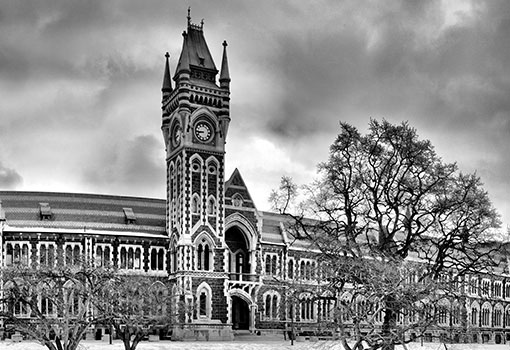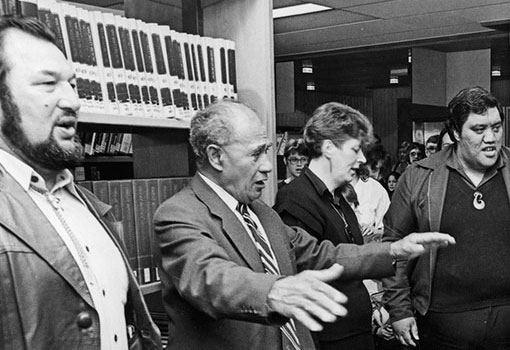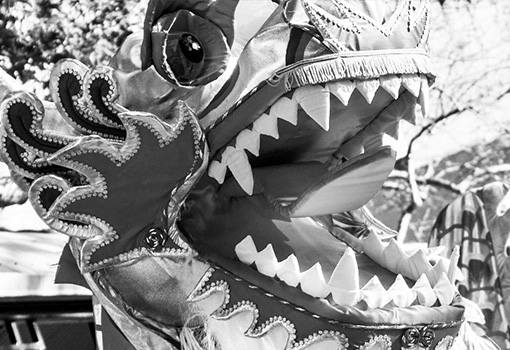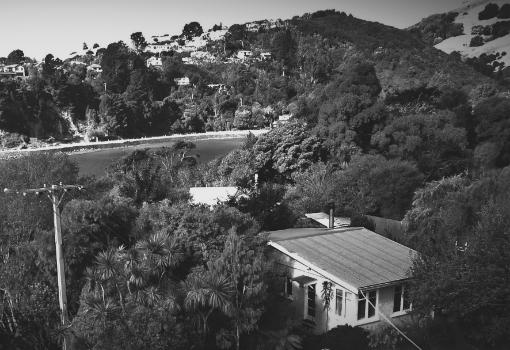
Poetry Shelf review: Diane Brown’s Every now and then I have another child
Posted: Wednesday Sep 30, 2020
Every now and then I have another child, Diane Brown, Otago University Press, 2020
Sometimes you reach for memory,
an impossible task in this throw-away
world. What choice is there but to slip
on your new self as if you come clean
without story
from ‘This Is How It Is for All of Us’ in Every now and then I have another child
Diane’s Brown previous book, a poetic memoir entitled Taking My Mother to the Opera, was ‘a rollercoasting, detail-clinging, self-catapulting, beautiful read’ (from my review ). I loved the book so was very interested to see how I engaged with Diane’s new one: Every now and then I have another child.
The new book is narrative poetry; a narrative comprising individual poems with a cast of characters that offer multiple viewpoints. For me it is a collection of border crossings, with notions and experiences of motherhood the key narrative propulsion. Everything blurs and overlaps as the fictional touches the surreal and brushes against the real.
I am reminded of Luigi Pirandello’s play, Six Characters in Search of an Author (1921), but in this case it is an author in search of characters and characters in search of each other. Joanna is a writer, poet, creative writing teacher and mother. Anna, her doppelgänger, is homeless and gatecrashes funerals. There is a mysterious baby, both phantom and pseudo-real. There are two sons, one a geek on the spectrum scale and one a sensitive surfer. There is a stepmother, a missing mother and an alcoholic father. Add in a detective, a former lover and a baby in the mural on the wall.
Life is dislocating; the borders are porous with movement between what is real and what is not real, what is present and what is missing, what is longed for and what is abandoned. Reading your way through the poetry thickets is reading symphonic psychological effects. It is reading deep into the shadows and discovering shards of light. Being mother and being daughter is complicated and complicating. There are cryptic clues, a dead body, another dead body, a crying baby, a need to imagine, a need to name and be named. Reading the list of characters underlines the way in which the narrative is also genre crossing: think fiction, memoir, poetry, detective fiction, flash fiction.
I can’t think of another book like it in Aotearoa. The spooky porcelain doll photographed by Judith White on the cover (my standard reaction to porcelain dolls) sets me up for various hauntings. Joanna is haunted by a phantom baby and her missing mother. Anna is haunted by Joanna, and by life itself. There is the way in which writing itself is a kind of haunting. How do you start? How do you keep going? How do words matter? And i would add reading. Reading this is a kind of haunting. I am thinking of the way the past – with its shadows and its light – has the ability to haunt.
Issues of creative writing are touched upon, and make you reflect back on the making of the narrative, on the author herself. If there are multiple border crossings, are there also ways in which ‘Diane’ hides in the thickets, leaves traces of herself in various characters, encounters, epiphanies? You cannot package this sequence within a neat and tidy story where everything makes sense and the real outweighs the dream or imaginary scape. Nor would you want to. We are reading poetry that draws upon rich genre possibilities, the slipperiness of writing when you try to pin it down, the evasive of memory, the multifaceted prongs of experience.
And that’s what makes the collection such a rewarding read. You will bump into the calamitous real world with the homeless, conspiracy theories, alternative facts, North Korean missiles. You will move from Dunedin to Auckland to Alice Springs and London, with Dunedin being the physical heart of the narrative. Geographic movement, temporal movement, emotional movement: with all roads leading to motherhood and creative processes. It is a sumptuous and haunting book that you need to experience for yourself without a reviewer ruining the startles, the surprises, the puzzles and the moving connections. I am going to do something I have never done before and leave you with the terrific last poem so you can read it, then get the book, open it at page one and find your own way to the ending. Listening hard along the way. Poetry is most definitely a way of listening. ‘Listen.’
Written on the Body
The Baby
I’ve heard the narrator give
borrowed advice: writers
need to kill their ego.
Never easy to follow yourself,
harder still to coax children
from cocoons into the light,
tracing every inch of skin
and reading what is written
with indelible ink.
Word that may unearth
the buried and extinct,
can re-ice glaciers,
turn petrified trees back
into lush green leafiness,
repopulate the seas,
and extinguish fires
raging out of control
at the top of the world.
But to see such words,
you have to strip bare, hold
nothing back and listen. Listen.
Diane Brown
DIANE BROWN is a novelist, memoirist and poet who runs her own creative writing school, Creative Writing Dunedin. Her publications include two collections of poetry (Before the Divorce We Go to Disneyland and Learning to Lie Together), a novel (If the Tongue Fits), a verse novel (Eight Stages of Grace), a travel memoir (Liars and Lovers), a prose/poetic memoir (Here Comes Another Vital Moment) and a poetic family memoir (Taking My Mother to the Opera). In 2013 she was made a Member of New Zealand Order of Merit for services to writing and education.



